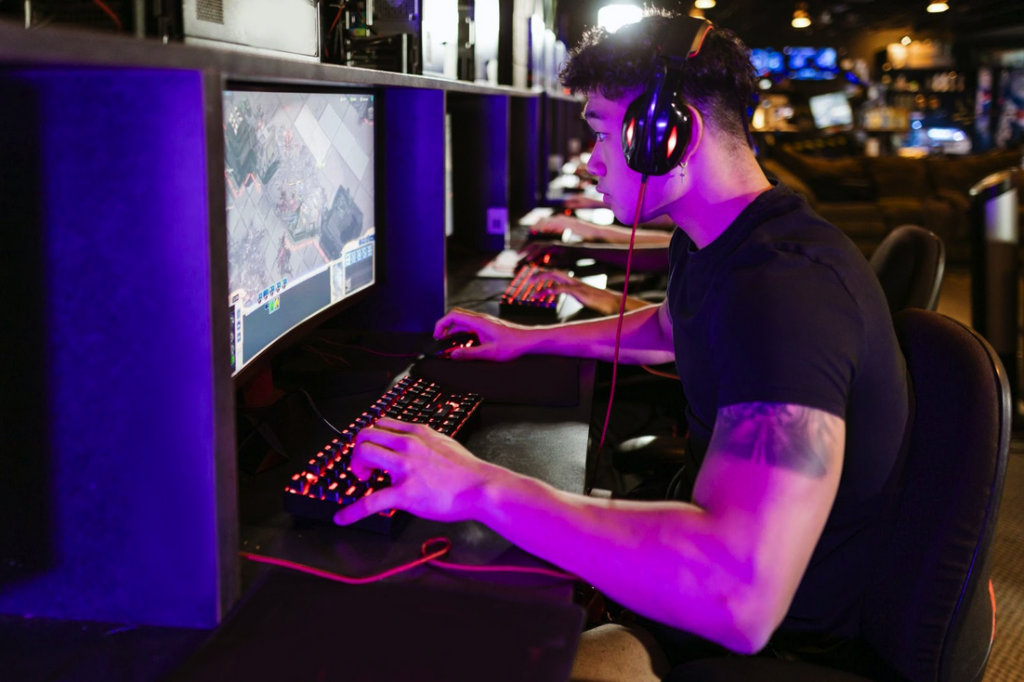Are you a massive gamer or video editor looking to upgrade your hardware? Maybe the average CPU isn’t doing it for you anymore. Recognizing that you need to make an upgrade is helpful, but where do you start? Researching the next best thing can be overwhelming on top of what you already have to do.
To save you the stress of research and uncertainty, let’s discuss the ideal hardware for higher-quality graphics that will better serve your needs.
Graphics Card
A graphics card, also known as a video card, is a graphic process unit (GPU) that advances the generation of videos, animations, and images. Everything you see on your screen can be attributed to your graphics card. A graphic card is a miniature version of a computer motherboard and while some individuals consider graphic cards as full processing units, they act as more of a segment that can be added onto a unit.

Types of Graphic Cards
There are two versions of graphic cards: a discrete GPU and an integrated GPU. A discrete GPU can act as an adaptable segment by easily putting it into one of your computer’s expansion slots, located on your motherboard. This is ideal for some users as you have the freedom to upgrade or replace your current graphics card with a new one. An integrated GPU is different compared to the discrete GPU because the graphics card is already installed in the motherboard. One disadvantage to an integrated graphics card is the quality of the graphics.
It performs fine for the typical user, but for gamers and professional graphic designers, the integrated GPU may not be ideal.
Graphics Card Compatibility
A key component of a graphics card is its compatibility with your hardware. The last thing you want to do is purchase a graphics card that doesn’t work with your computer. One way you can confirm graphics card compatibility is by searching the PCI Express slot. If a graphics card is compatible, then that means that it will be able to work in some of the sockets available on the motherboard.
Next up, you’ll want to see if the power supply unit (PSU) from your PC is compatible with the graphics card. Something to take note of is that graphics cards take a lot of power, so you’ll want to make sure that your PSU can support that amount of power.
Measurements also play a role in compatibility. Most graphics cards have fans attached to them to maintain their temperature. What this means is that graphics cards are twice as large as a typical single card. Since some of the cards have a power socket included, add 30-40 mm to make sure that it’ll fit with your setup.
An Upgrade For Your Lifestyle
Today’s graphics cards are advanced and can even stand in as a replacement for computers. In addition to improving the visual quality on your screen, it can also do complex calculations. Whether you’re a videographer, a professional photo editor, or a gamer, upgrading to a graphics card will make a huge difference in your life.

Be First to Comment